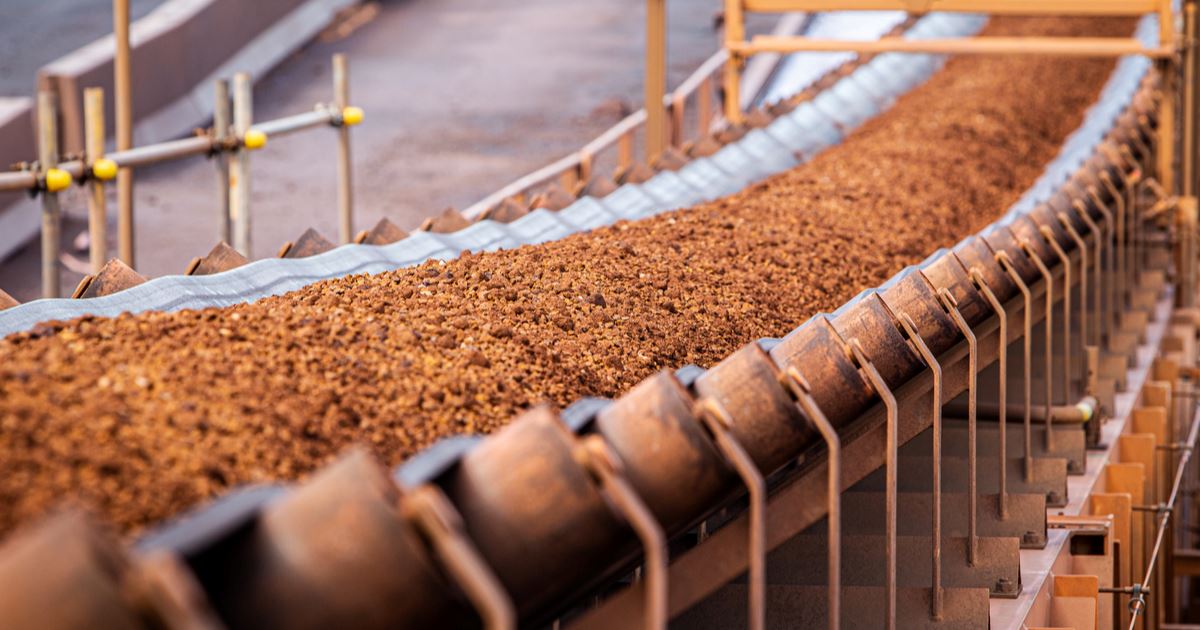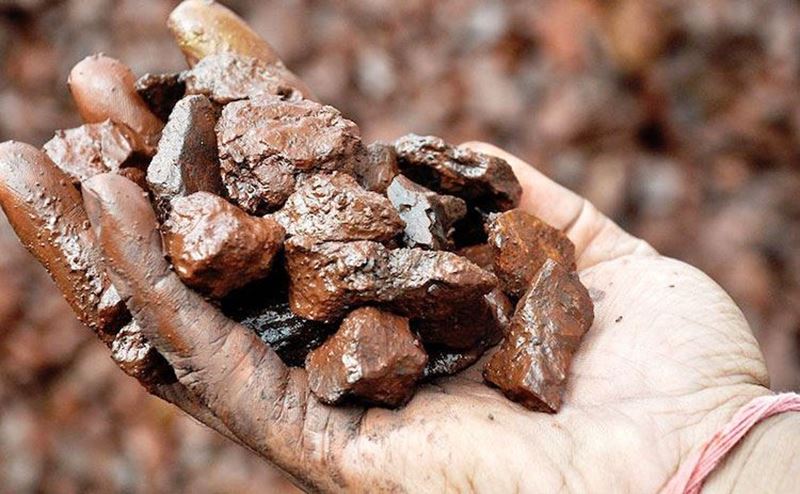Recently, the global iron ore market has been affected by various economic factors, including China's inadequate production policy and disappointing forecasts for global steel demand. For example, the World Steel Association has revised its short-term forecast for global steel demand in 2024 downwards by 0.9% to 1.75 billion tons. A decline of 3 is expected for China.
Since the beginning of October, prices for iron ore contracts on the Dalian Commodity Exchange in China and the Singapore Exchange have fallen by 7.7% and 9.8% respectively. Investors and analysts have pointed to the lack of growth prospects for the industry, which is causing uncertainty in the steel industry in the medium term. Raw materials have also lost momentum, mainly due to weak steel consumption in China.
However, the situation has changed somewhat in recent weeks. Given the need for economic stability, the People's Bank of China has taken further measures to lower interest rates, which will have a positive impact on short-term forecasts for iron ore demand. Nevertheless, these minor economic stimuli are likely to boost market confidence only temporarily and lead to renewed weakness in supply.
According to the reports, the overall outlook for the coming weeks is mixed. On one hand, potential additional stimulus measures in China could support demand. On the other hand, the global recession and weakness in the steel market may hinder iron ore price growth. Global iron ore exports from January to September 2024 reached 1.2 billion tons, a 5% increase compared to the same period in 2023. Meanwhile, global steel production during this period decreased by 1.5% year-on-year to 1.39 billion tons.









Comments
No comment yet.